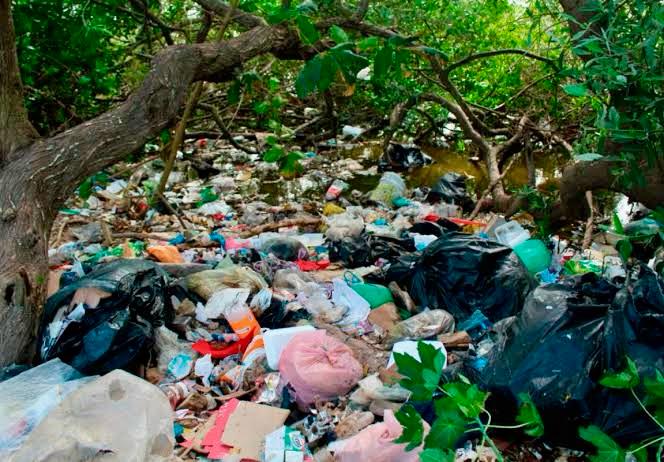The urban sprawl grows non-stop in Progreso, which damages fragile and important ecosystems. For the inhabitants of the port, it is normal for crocodiles to roam the streets of the subdivisions.
On social networks, they publish videos and photos of their “neighbors”, images that cause astonishment in people who do not live in this municipality.
In recent days, the crocodile known as “Huancho” was “walking” again near the swamp and was captured to be released at ground zero to avoid any accidents with people and domestic animals.
Biologist Carlos León, from the Center for Marine Technological Studies (Cetmar), said that the numerous sightings of saurians are because their habitat, the mangroves, has been invaded by various constructions.
On the other hand, he stressed that it is of utmost importance to preserve and care for these ecosystems as they are a source of food and reproduction for species such as birds, mammals, and reptiles of the port.
In addition to the damage perpetrated by humans, climate change also impacts mangroves significantly.
On at least five occasions, residents of the municipal seat, mainly from the eastern area, have recorded videos and taken photos of reptiles that appear from the mangrove swamp, something that in a certain way is already normal for them in their daily lives.

However, the reason for its presence is that its habitat is little by little being absorbed by urbanization, since human beings continue to expand their territory, without caring that they devastate the mangrove and without doing anything to repair it.
“In addition to the large amount of organic matter that is deposited in the sea and that is converted into nutrients for the growth of microalgae, which are a refuge for many animals, they are also water filters,” León pointed out.
“For this reason, we must protect them from all those who intend to build without requesting permits from the federal authorities, so that they can see how the environmental damage caused by man can be corrected.”
Another factor that affects the care of this ecosystem is climate change since high temperatures also cause fires that destroy feeding and reproduction areas for many animals.
As additional information, the expert stated that the mangrove is not only a source of food and shelter for species of birds, fish, and crocodiles, as well as some small mammals such as badgers, and raccoons, among others, but it also attracts wild cats or ocelots, who come to look for a type of snail that clings to the roots of the mangrove. Therefore, it is not unusual to see this type of small feline near the mangrove, although their habitat is different from it.
TYT Newsroom


